Transform Your Shaded Garden with Ornamental Grasses
This post follows our research editorial guidelines.


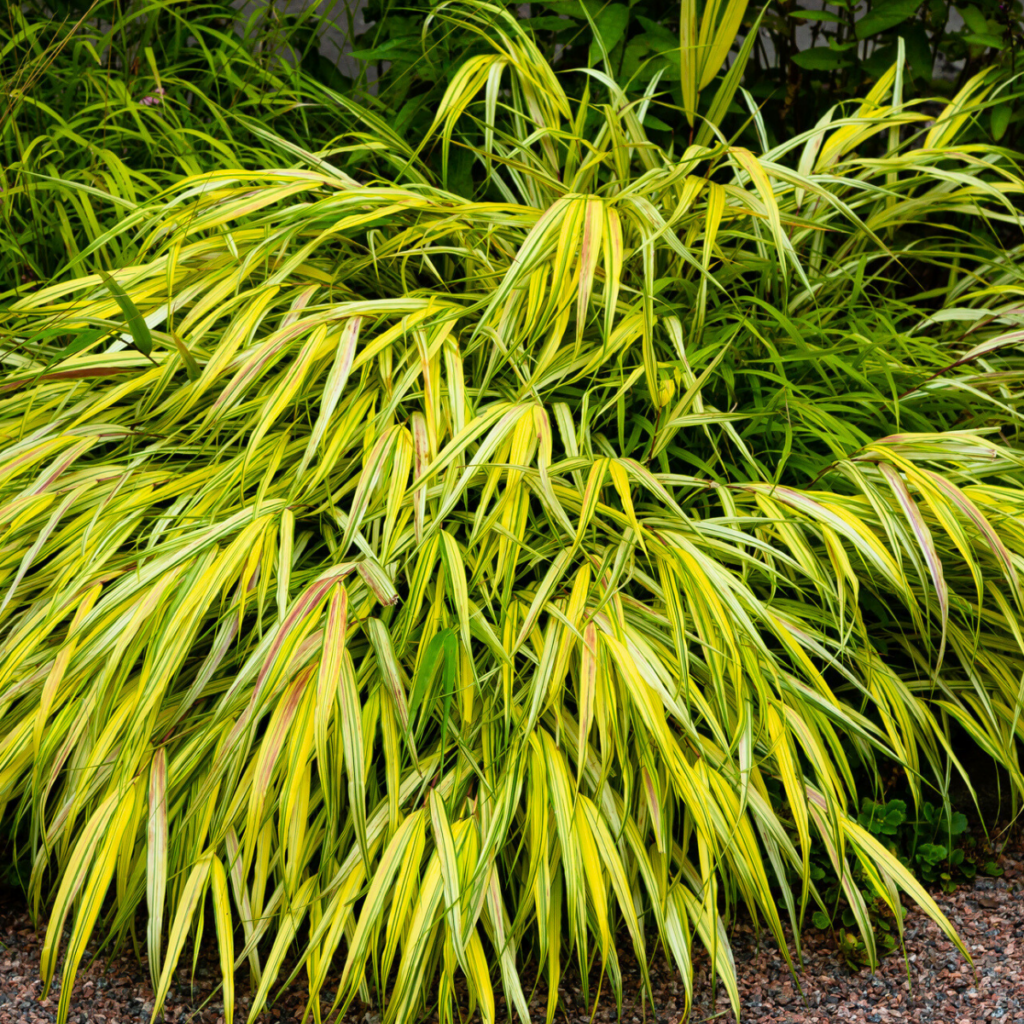
Ornamental grasses can add texture, movement, and vibrant hues to the shaded areas of your garden. Whether you’re looking to create a lush, tranquil retreat or a dynamic, multi-layered landscape, these grasses can be the perfect addition. Here are some garden design tips using seven of the best ornamental grasses for shade:
Quickly Find Design Tips for Growing Shaded Grass:
1. Create a Flowing Ground Cover with Hakonechloa macra
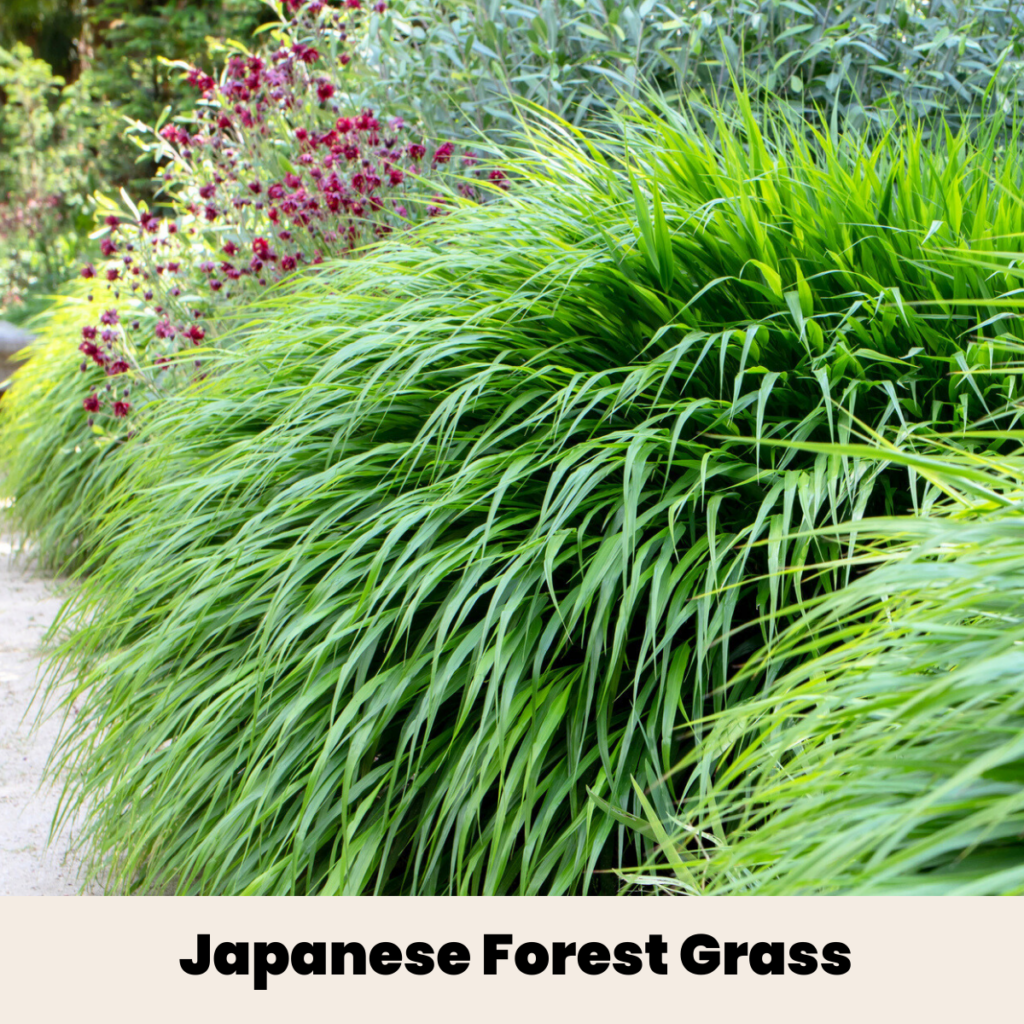
Hakonechloa macra (Japanese Forest Grass) is perfect for creating a flowing ground cover that mimics the natural grace of a forest floor. With its arching mounds and bright green or variegated leaves, it can brighten up dark corners.
- Design Tip: Plant Hakonechloa macra in groups along pathways or borders to create a sense of movement. Its low height (1-2 feet) makes it ideal for the front of shaded garden beds.
2. Add Versatility with Carex Species
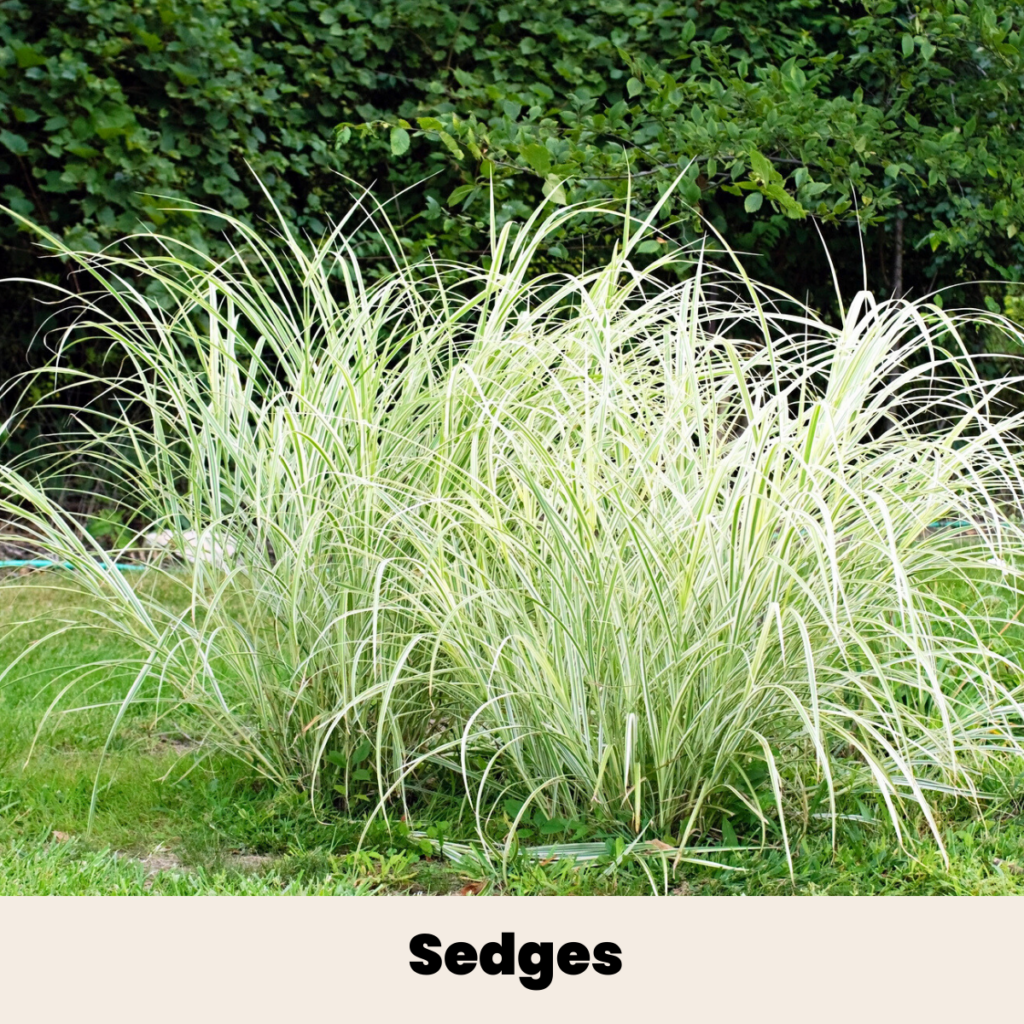
Carex spp. (Sedges) come in a variety of colors and forms, making them versatile additions to any garden design. They thrive in full to partial shade and can handle a range of soil conditions.
- Design Tip: Use different Carex varieties to create a tapestry of textures and colors. For example, mix taller sedges with shorter ones to add depth and interest to your garden. They work well around water features or in rain gardens due to their moisture-loving nature.
3. Incorporate Height with Chasmanthium latifolium
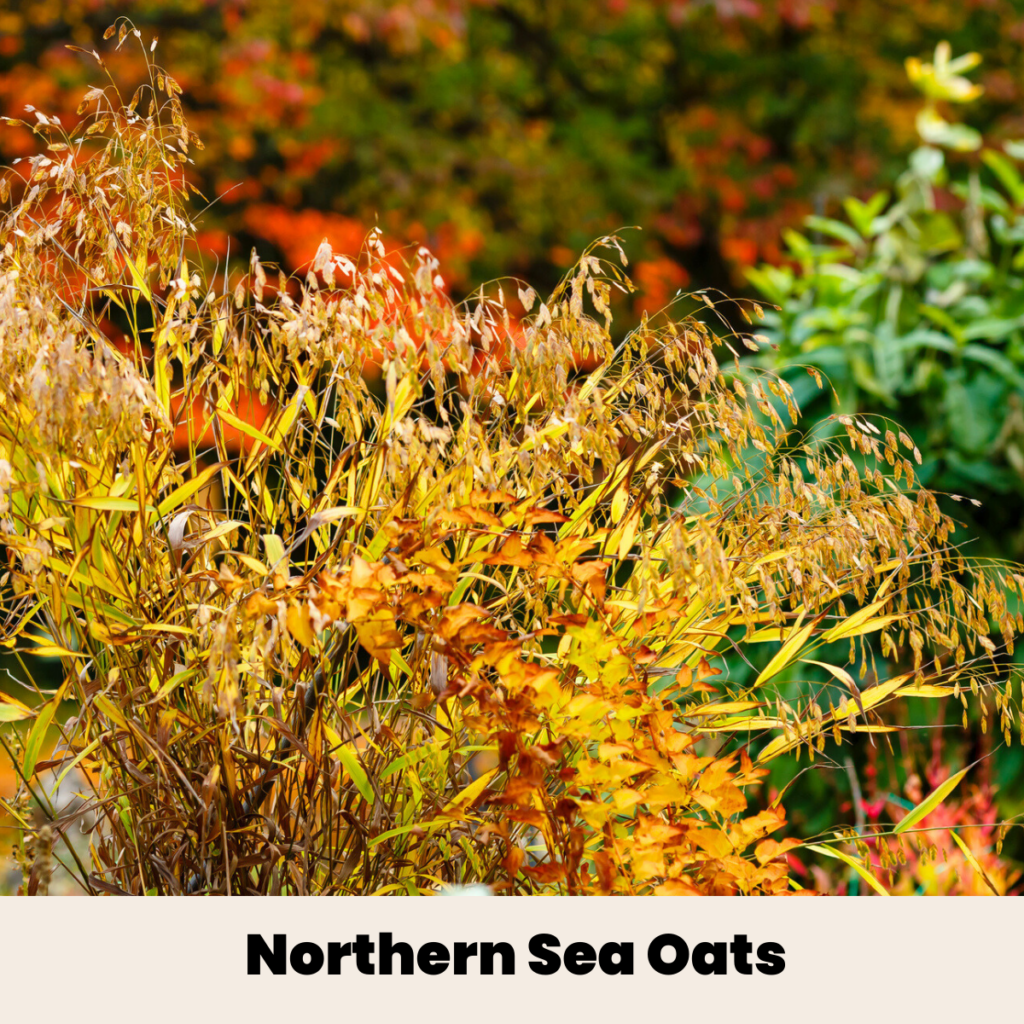
Chasmanthium latifolium (Northern Sea Oats) offers height and unique, bamboo-like leaves with elegant, flat seed heads. This grass prefers partial shade but can tolerate full shade.
- Design Tip: Plant Northern Sea Oats in the middle or back of your garden beds to add height and structure. The dangling seed heads provide a striking visual interest, especially when they catch the breeze.
4. Use Liriope muscari for Ground Cover and Color
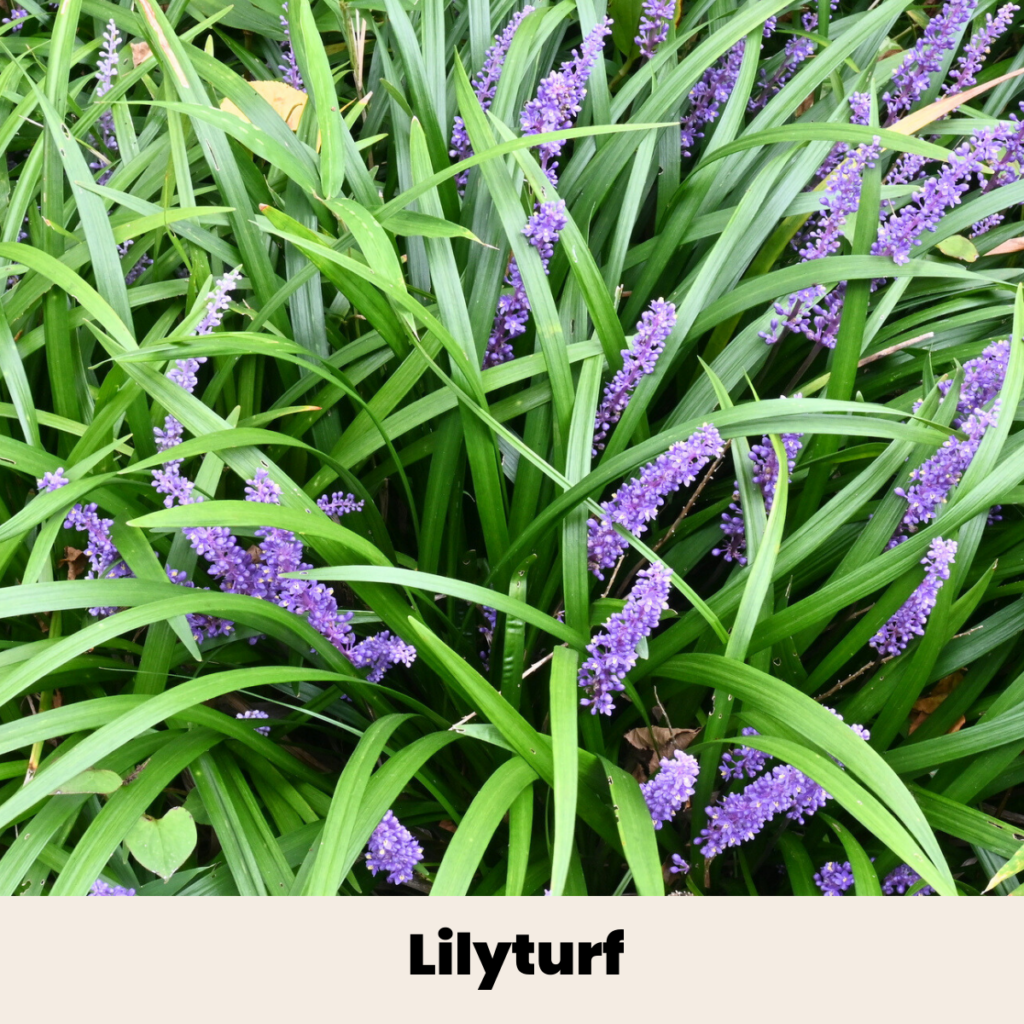
Liriope muscari (Lilyturf) is a reliable ground cover with strap-like leaves and small, lavender or white flower spikes. It’s adaptable to various soil conditions and prefers partial to full shade.
- Design Tip: Liriope is excellent for edging pathways or filling in under trees where other plants may struggle. Its flowers add a pop of color that can brighten up shady areas.
5. Brighten Shady Spots with Carex elata ‘Aurea’

Carex elata ‘Aurea’ (Bowles Golden Sedge) has striking golden foliage that can illuminate the darkest parts of your garden.
- Design Tip: Use Bowles Golden Sedge to create focal points or to edge water features. Its vibrant color can act as a beacon, drawing attention to shaded areas.
6. Create Neat Clumps with Carex morrowii

Carex morrowii (Japanese Sedge) features variegated leaves with green and white stripes, forming neat clumps.
- Design Tip: Plant Carex morrowii in clusters to form tidy, low-maintenance clumps that can define garden spaces or provide a soft backdrop for bolder plants.
7. Add Airiness with Molinia caerulea
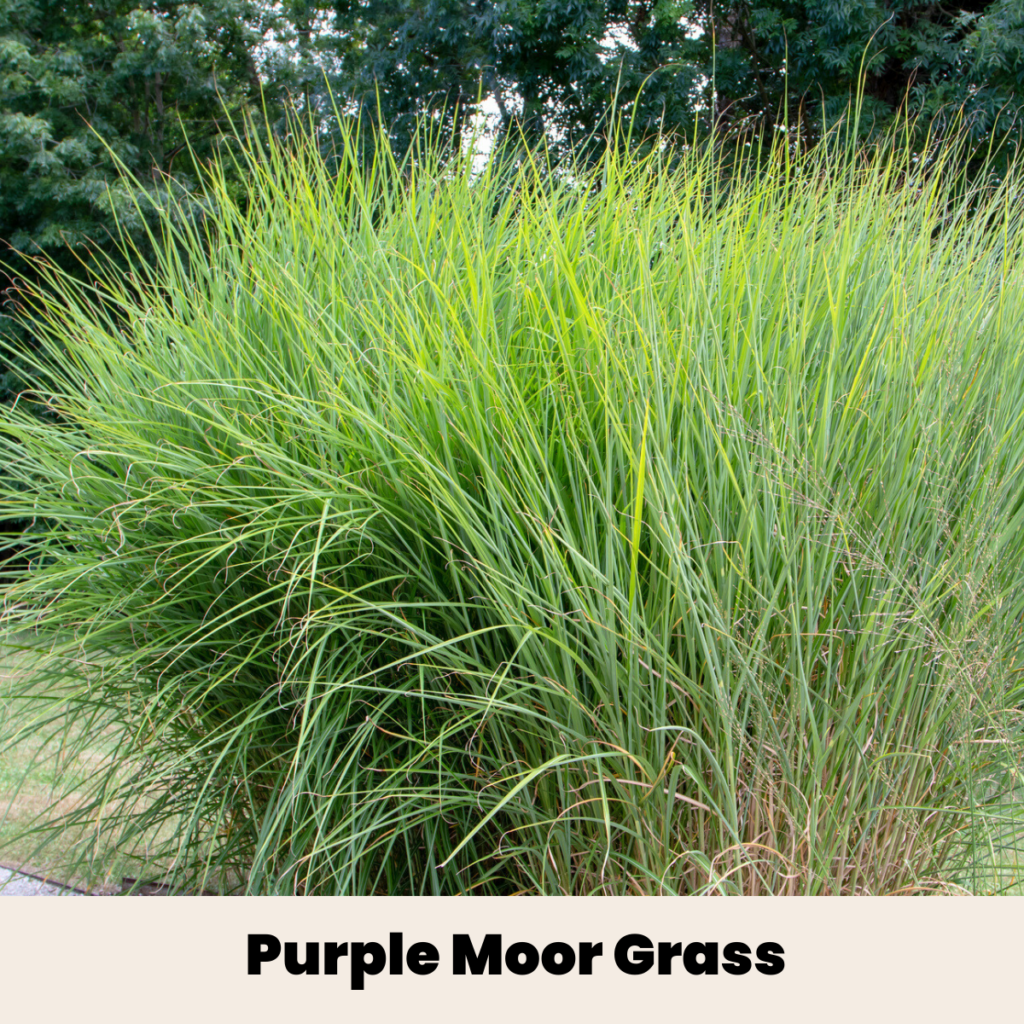
Molinia caerulea (Purple Moor Grass) has fine-textured leaves and airy flower panicles that add a soft, ethereal look to your garden.
- Design Tip: Use Purple Moor Grass in drifts to create a meadow-like feel. Its airy flowers can soften hard edges and bring a gentle movement to the garden, especially when planted in masses.
General Tips for Designing with Ornamental Grasses
- Layering: Combine grasses of different heights to create a layered look. Taller grasses at the back, medium ones in the middle, and shorter grasses at the front create a natural progression that adds depth to your garden.
- Textures and Colors: Mix grasses with different textures and colors to add visual interest. Variegated leaves, golden hues, and unique seed heads can create a dynamic and engaging garden.
- Group Planting: Plant grasses in groups or drifts for a more natural and cohesive look. This also helps to fill in spaces and reduce weed growth.
- Maintenance: Most ornamental grasses are low-maintenance. However, ensure they are planted in the right soil conditions and receive adequate water, especially when newly planted. Regularly remove dead foliage to keep the garden looking tidy.
Growing Guide Chart
| Plant Name | USDA Zones | Growth Rate/Year | Water Needs | Soil Conditions | pH Concerns |
|---|---|---|---|---|---|
| Hakonechloa macra | 5-9 | Moderate | Medium | Moist, well-drained | Prefers slightly acidic to neutral (5.5-7) |
| Carex spp. | 3-9 | Fast to Moderate | Medium to High | Moist, tolerates range | Tolerates a range (5-7) |
| Chasmanthium latifolium | 3-8 | Moderate | Medium | Moist, well-drained | Prefers neutral to slightly acidic (6-7) |
| Liriope muscari | 5-10 | Moderate | Medium | Adaptable, well-drained | Prefers slightly acidic to neutral (6-7) |
| Carex elata ‘Aurea’ | 5-9 | Moderate | Medium to High | Moist, well-drained | Prefers slightly acidic to neutral (5.5-7) |
| Carex morrowii | 5-9 | Moderate | Medium | Moist, well-drained | Prefers slightly acidic to neutral (5.5-7) |
| Molinia caerulea | 4-8 | Moderate | Medium | Moist, well-drained | Prefers slightly acidic to neutral (5.5-7) |
By incorporating these ornamental grasses into your shaded garden, you can create a beautiful, textured landscape that thrives in low-light conditions. Happy gardening!

